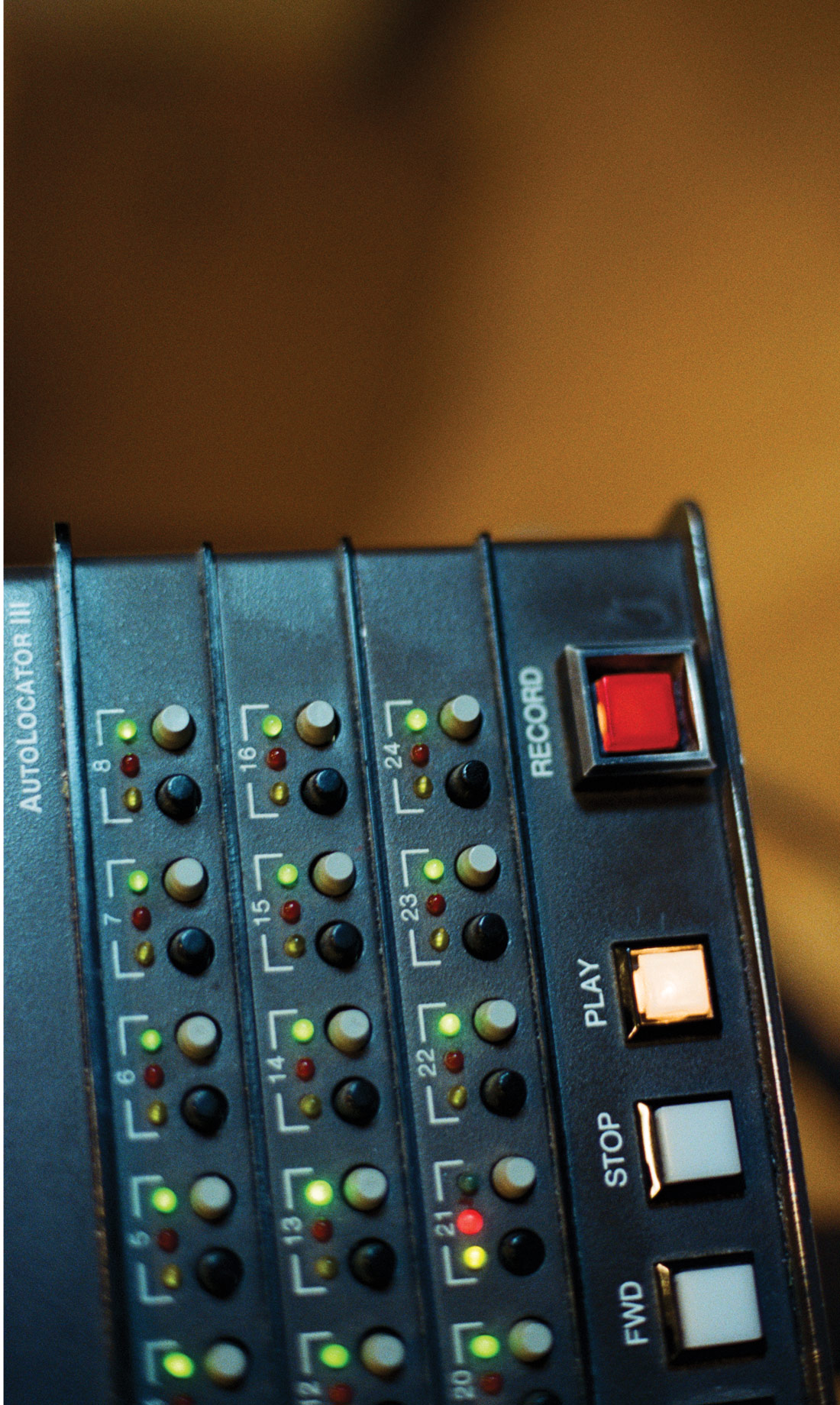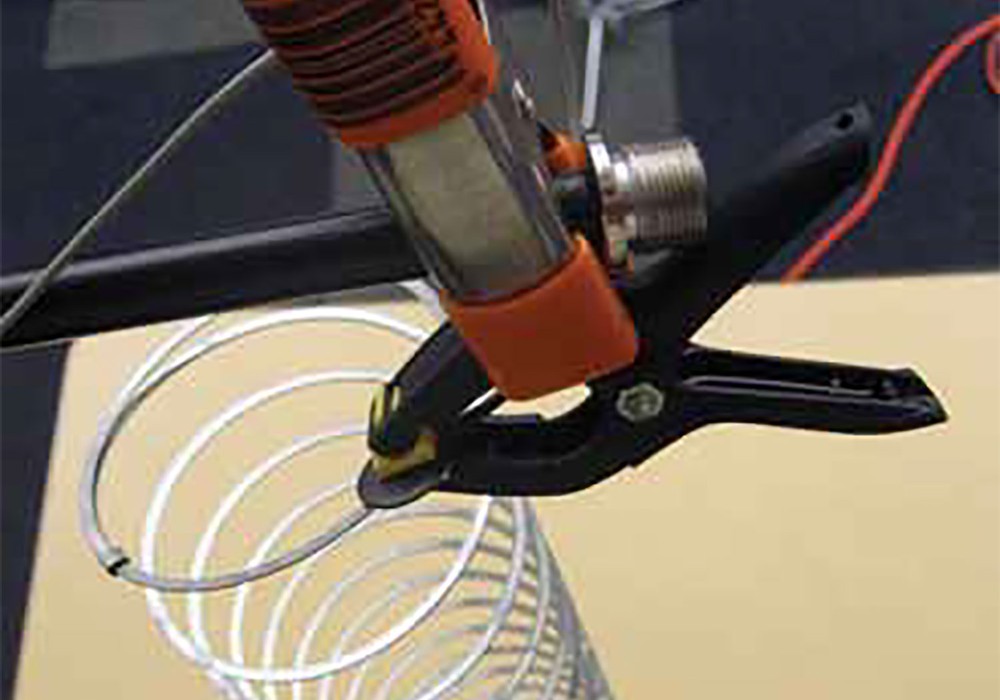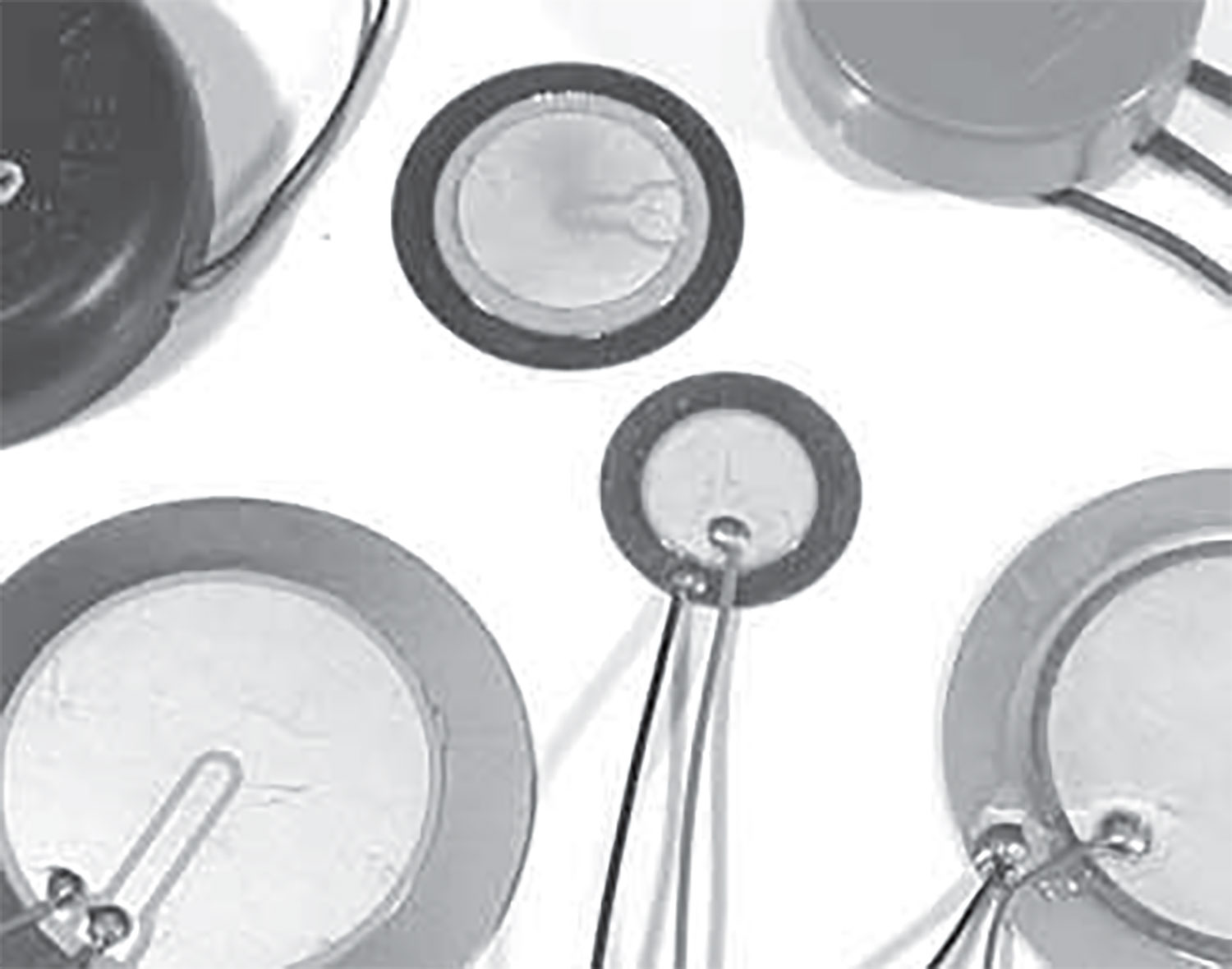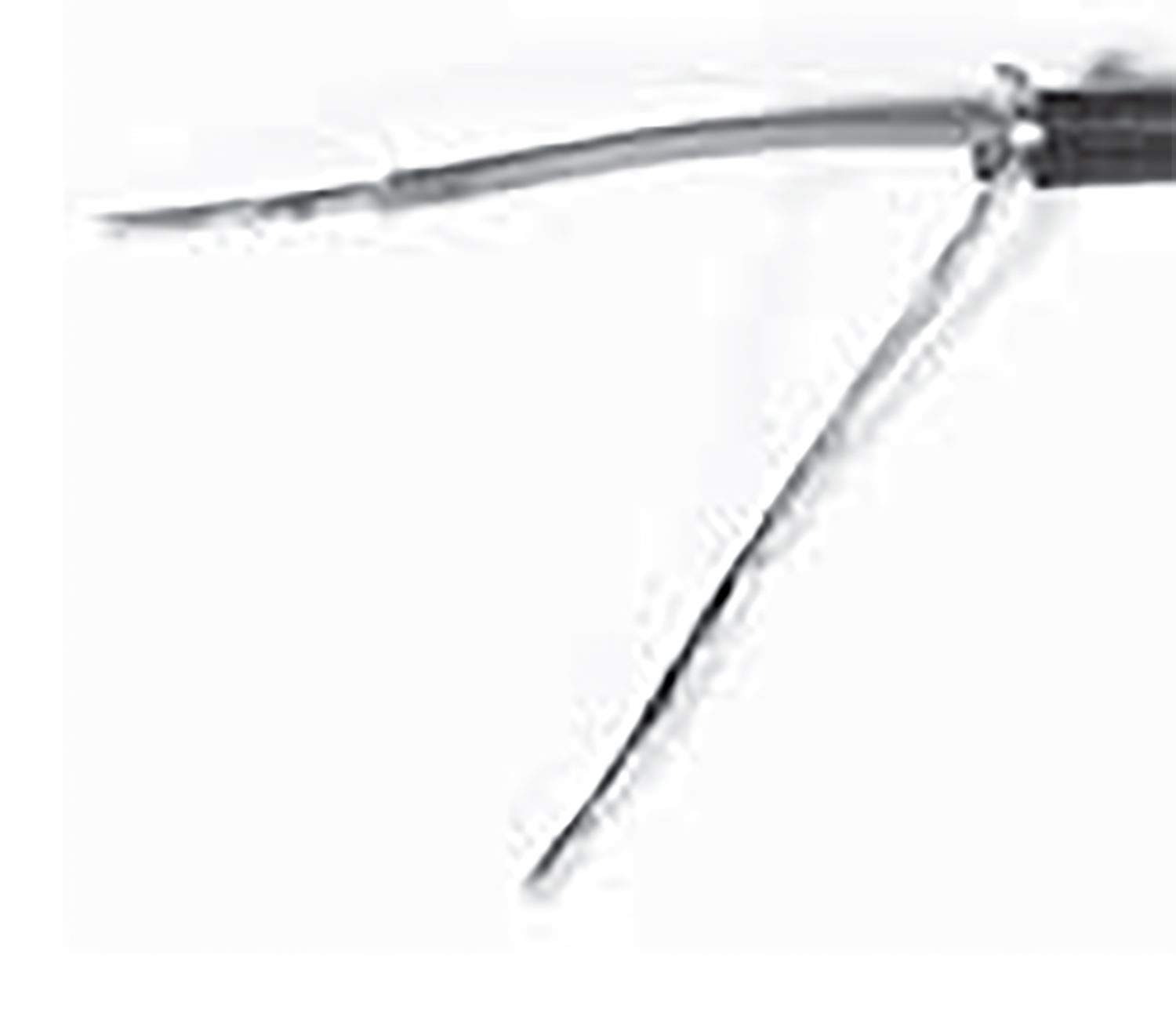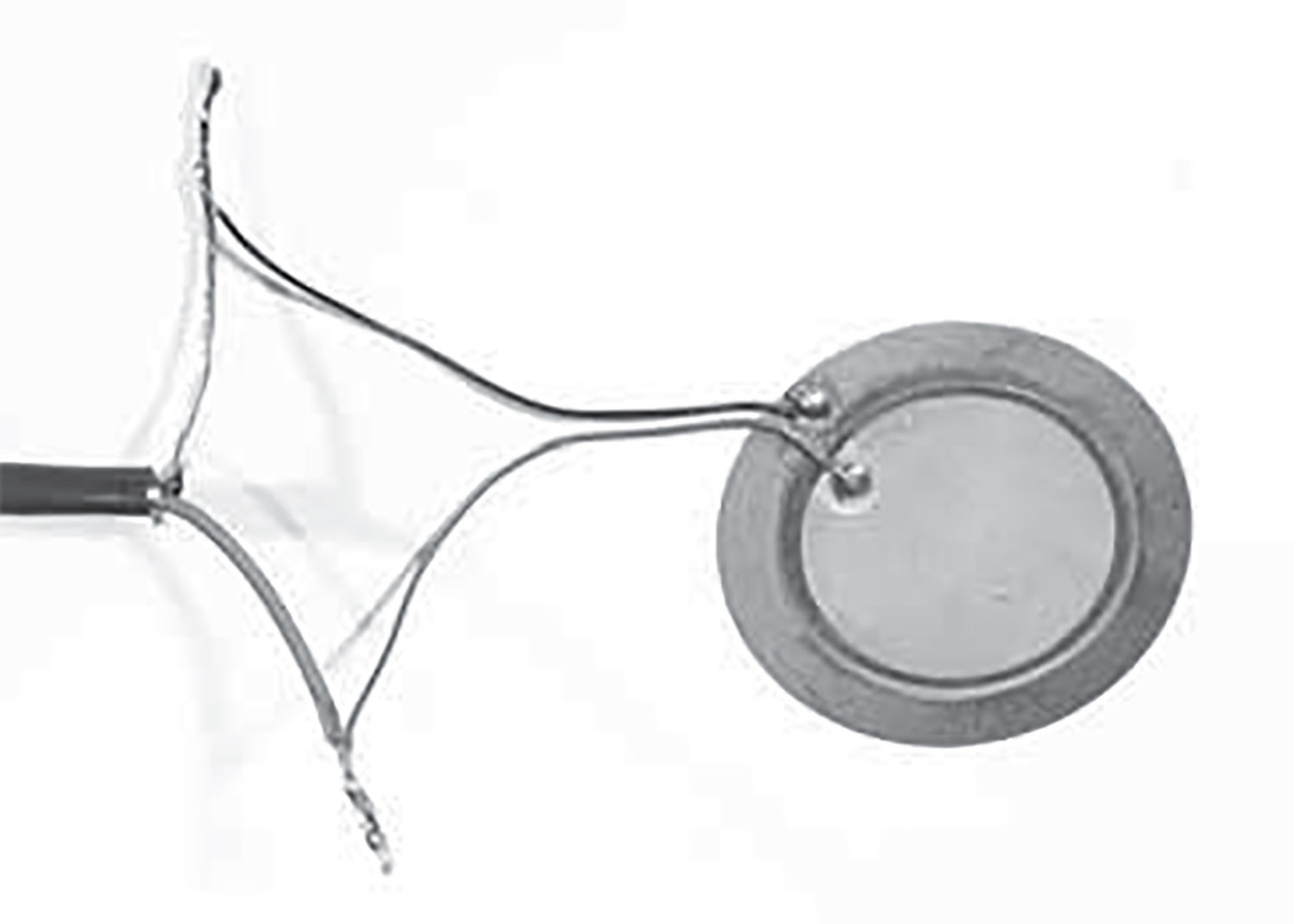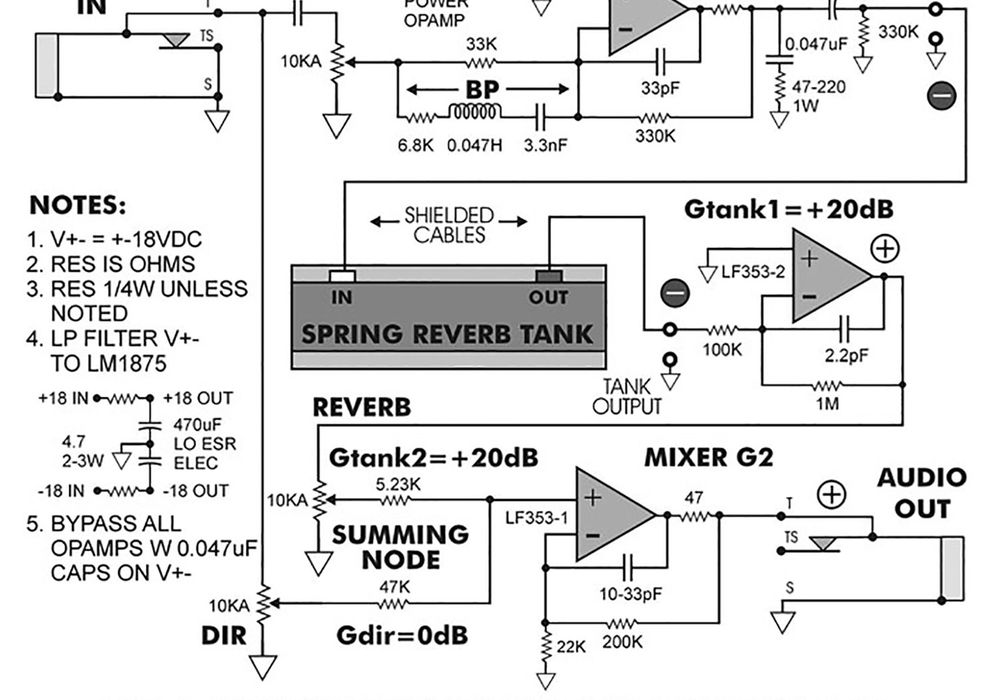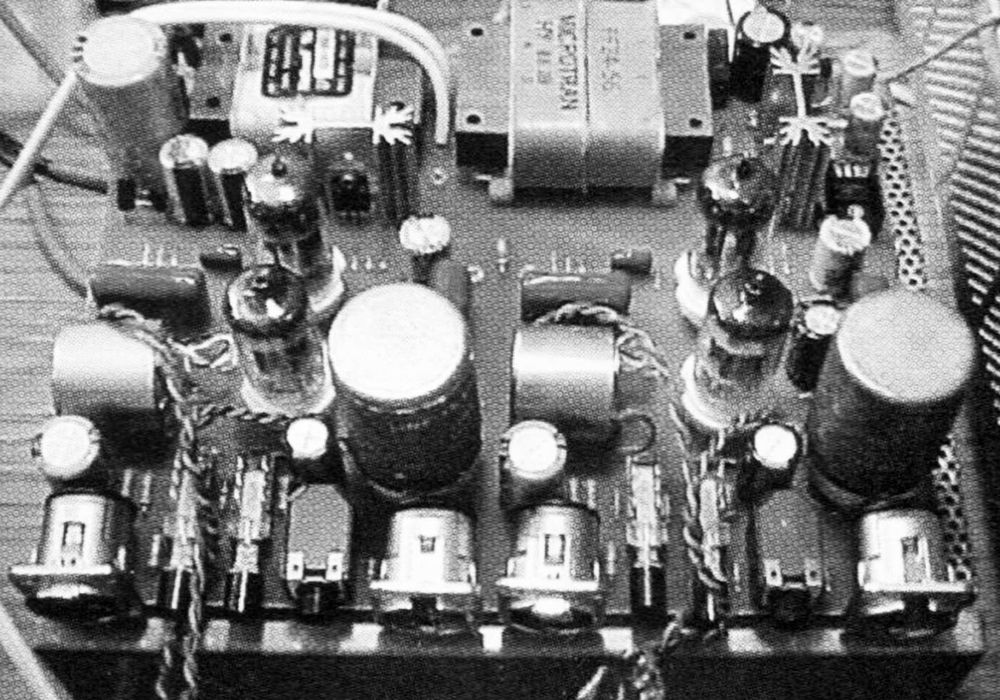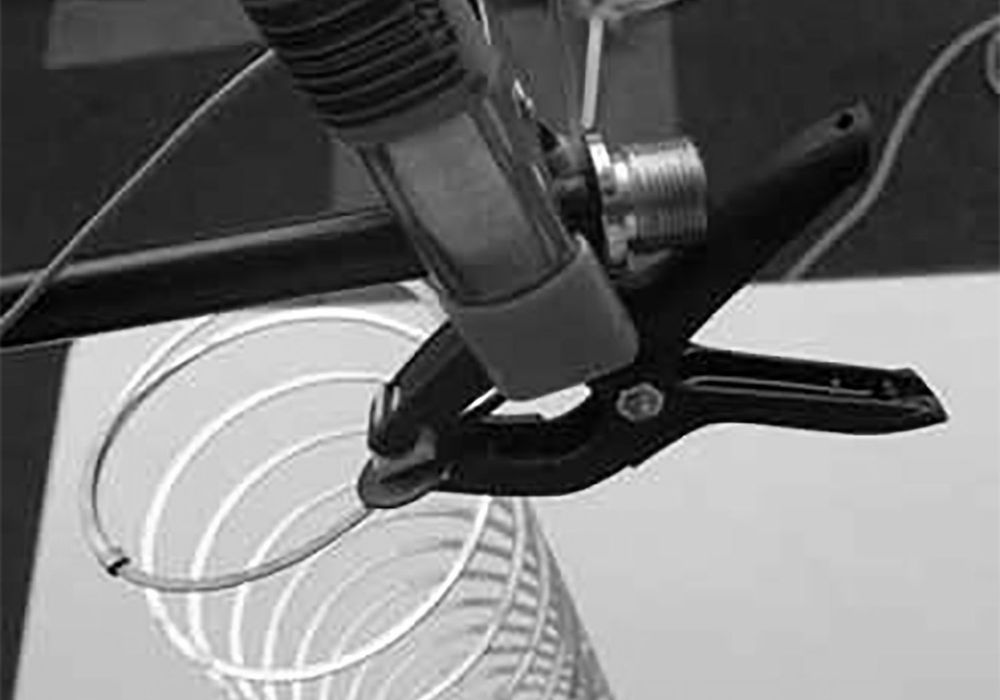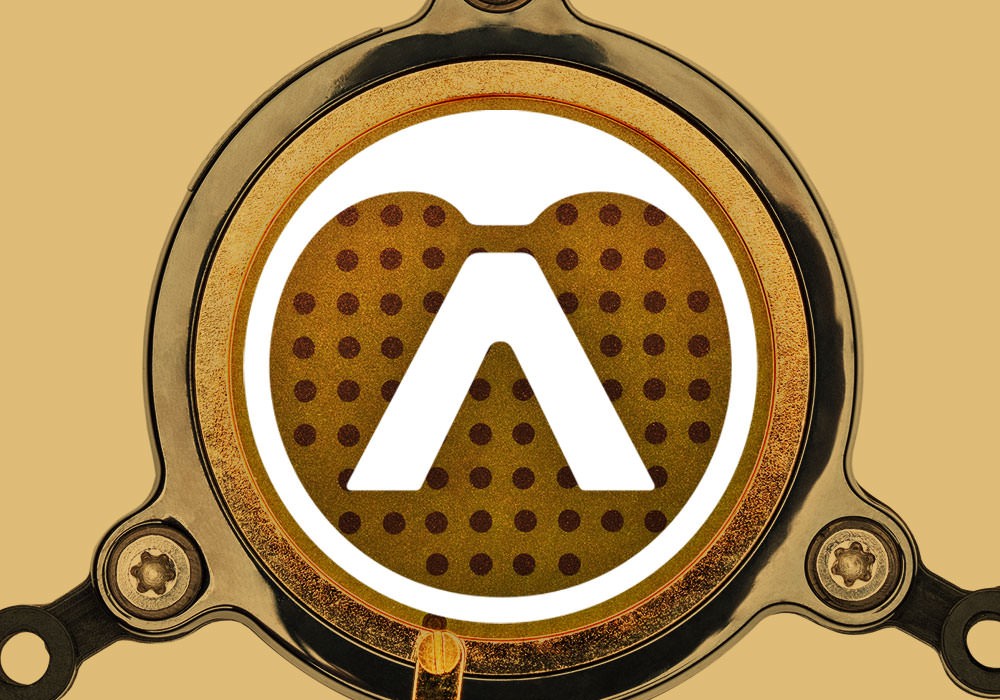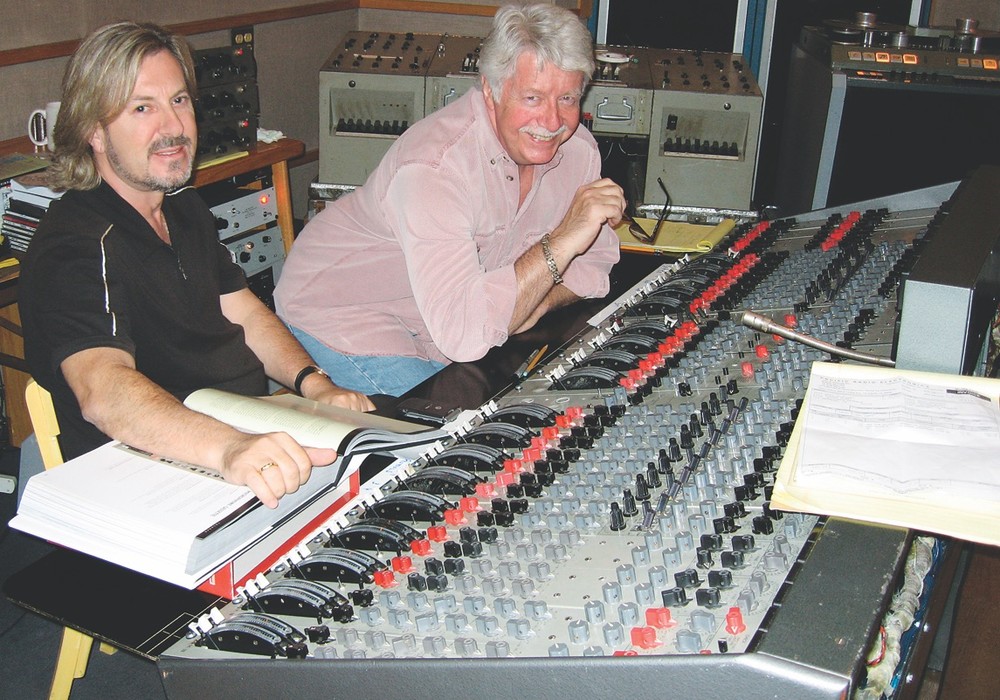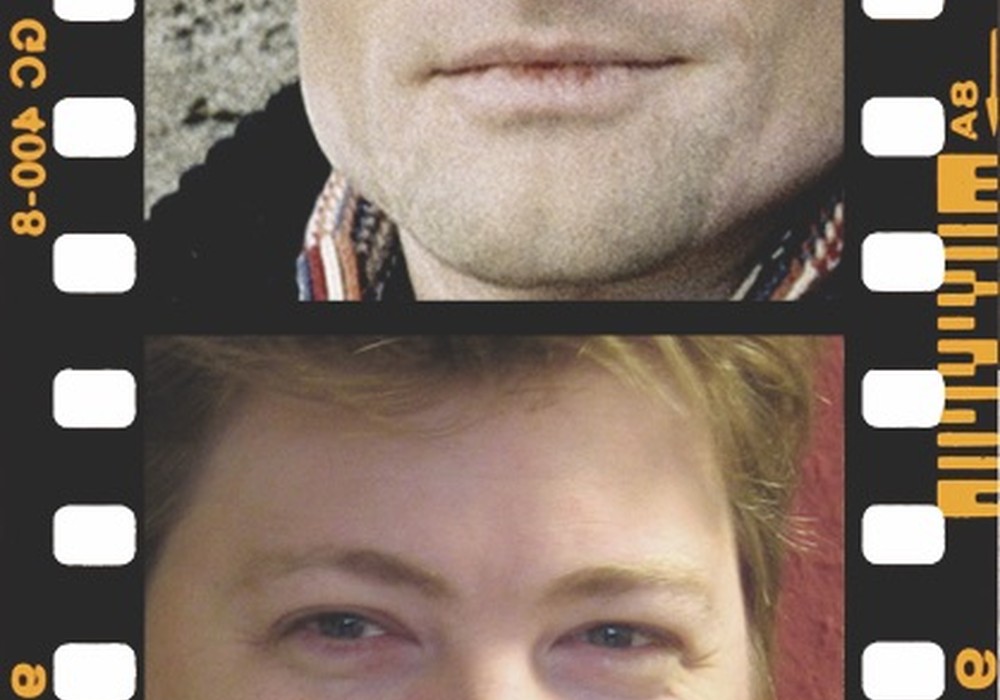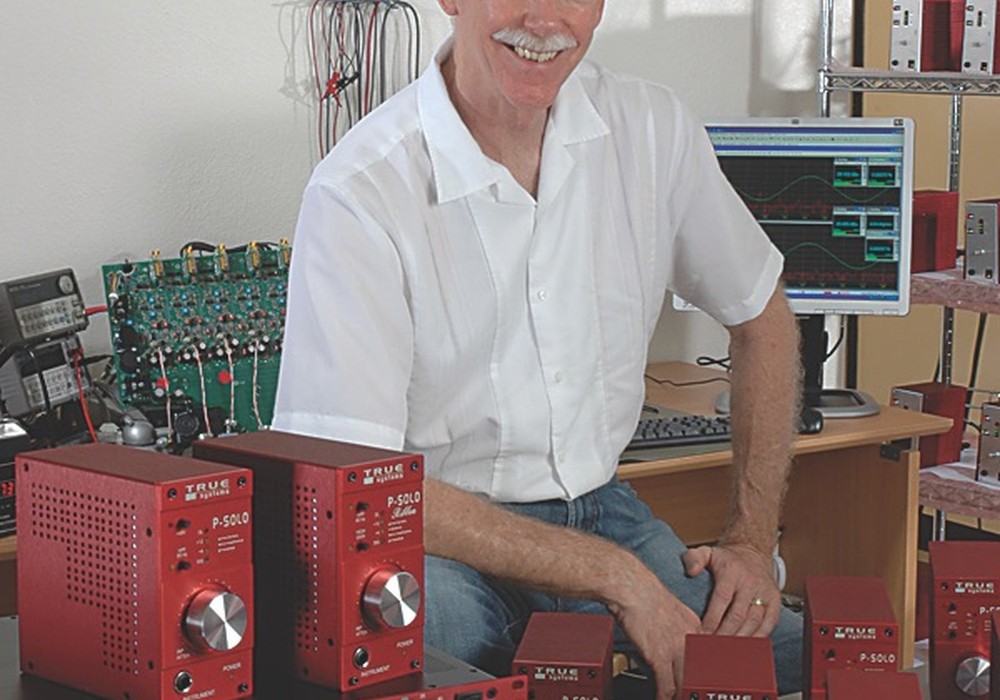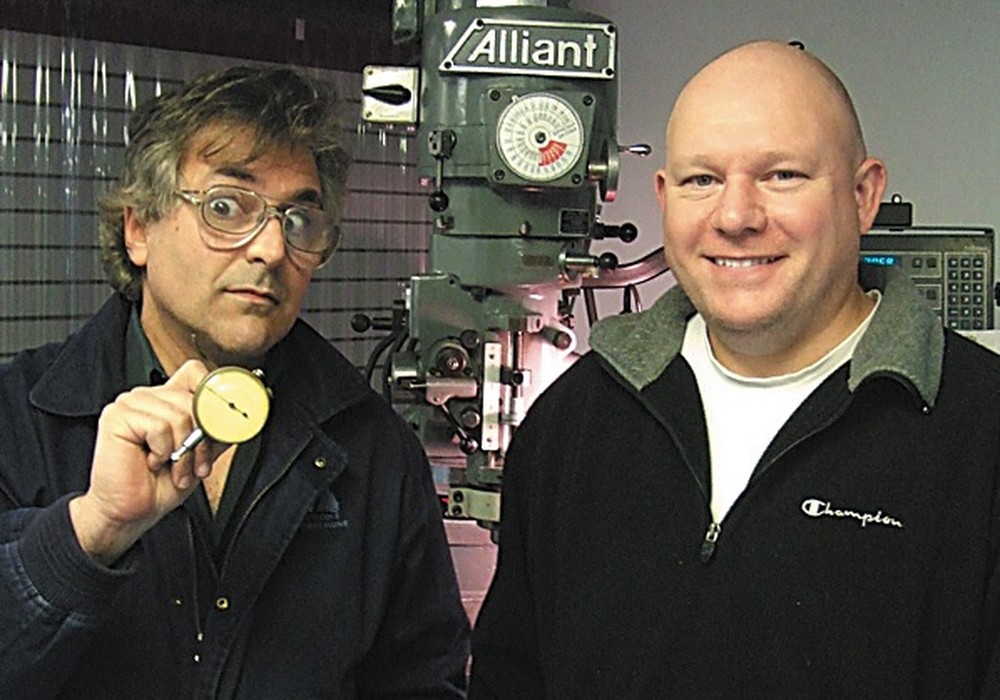In the disembodied world of today's computer-based multitrack mixing, one can spend a lot of time crafting a unifying sense of "space." Despite the dozens of reverb plug-ins and rack devices available, you might like to experiment with some physical signal processing that can impart an authentically acoustic presence to your sound. The vocal chamber made with a speaker and mic in the bathroom makes periodic appearances in these pages, so I will limit myself to observing that omnidirectional mics generally sound better than cardioids in this application (more natural off-axis response). But if you're willing to spend a few dollars on parts and a half-hour soldering you can make yourself some distinctly different reverbs and signal processors.
The Contact Mic
The first thing you'll need is a contact microphone. This is a mic that picks up sound by direct contact with a vibrating surface, rather than responding to pressure waves traveling through the air. Contact mics are often sold as pickups for acoustic instruments like guitars and violins, but building one is easy and the parts are so cheap you'll never want to pay for one again. This is a useful enough mic in its own right that if you're dissatisfied with our reverb experiments you can always use it as a musical instrument pickup or for sampling weird sounds.
The heart of a contact mic is a piezo disc — a small disc of brass on which a thin layer of ceramic crystal has been deposited (see Figure 1). They are typically encased in a black plastic resonator and are used to make that beeping sound in microwave ovens, alarm clocks, ATMs, etc. You can buy one at your local Radio Shack if you're in a hurry, but you'll pay a premium for that convenience and will have to draw on your clam- shucking experience to extract the disc from its shell.
It's cheaper and less painful to buy raw discs from an online retailer of electronic surplus — All Electronics (www.allelectronics.com) and Electronic Goldmine (www.goldmine-elec.com) stock good piezos for as little at 30 cents apiece. Look for one that already has short wires attached to it (like the small one in the center of Figure 1), since soldering directly to the crystal is infernally difficult. If the disc comes encased in a plastic lollipop you'll have to extract it carefully, without bending or scratching. If it has a small circuit board attached to the wires snip it off as close to the board as possible (this board contains a simple circuit that makes the disc beep — unneeded by us). The size is irrelevant — big ones are no louder than small ones. The disc should have one wire soldered to the metal part of the disc and one soldered to the white crystal — sometimes there's a third wire attached to a tongue-like strip in the center of the crystal, but this will not be used, so you can cut it off.
The easiest way to turn the disc into a contact mic is to solder it to an old guitar cable — otherwise use any piece of shielded cable you have lying around. You should use shielded cable to keep the noise down to an acceptable level, and keep it under 10 feet long for the same reason. Cut the plug off one end of the cable if necessary, and strip back the wire as shown above. Solder the cable's shield (the outer conductor) to the thin wire attached to the metal rim of the piezo disc — then solder the inner conductor to the wire coming from the crystal, as shown in Figure 3 (if you swap these connections around the mic will hum). Solder a mono 1/4" plug to the other end if you're using raw cable.
Plug the mic into an amp or mixer and confirm that it works — tap it gently, clamp it to a cymbal, stick it on a banjo, etc. This is a high-impedance, high-output pickup and it sounds best plugged into the kind of front end that works well for guitars — the 1/4" inputs on most semi-pro mixers (like Mackies) or guitar amps are good, and a simple guitar effect pedal (like an EQ or preamp) can help buffer the signal. Most proper mic preamps have too low an input impedance, so don't bother wiring the disc to an XLR connector in pursuit of a better sound — if you need the gain of a real mic preamp, patch the contact mic through a DI box.
Once you know that the mic works, wrap some electrical...
